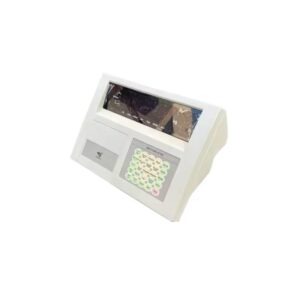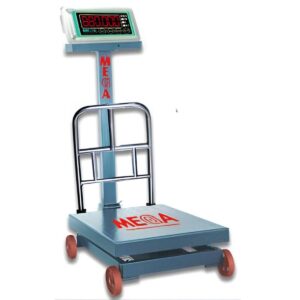Digital Light Box/Color Assessment Cabinet
Description of a Color Assessment Cabinet:
- Light Sources: A color assessment cabinet is equipped with multiple light sources that emit specific wavelengths of light, simulating various lighting conditions. Common light sources used include daylight (D65, D50), tungsten (A), fluorescent (TL84, CWF, U30), and ultraviolet (UV) light. Each light source represents different lighting environments, enabling users to assess how colors appear under different lighting conditions.
- Control Panel: The cabinet usually has a control panel that allows users to select and adjust the light sources and their intensity. This feature ensures flexibility in replicating different lighting scenarios for accurate color evaluation.
- Sample Viewing Area: The interior of the color assessment cabinet contains a viewing area where the samples are placed for assessment. The viewing area may have different shapes and sizes, depending on the cabinet model, and it is designed to minimize color reflection and glare.
- Background and Surroundings: The interior of the cabinet is usually painted in a neutral, non-reflective color to prevent interference with color perception. The surroundings are also designed to minimize distractions and maintain a focus on color assessment.
- Light Intensity Meter (Optional): Some advanced color assessment cabinets may have a built-in light intensity meter or lux meter to measure the brightness of each light source, ensuring that the lighting conditions remain consistent over time.
Applications of a Color Assessment Cabinet:
- Color Matching: In industries like textiles, printing, paint, and plastics, color matching is crucial for producing consistent products. Color assessment cabinets allow manufacturers to evaluate color samples under different lighting conditions to ensure accurate color reproduction.
- Quality Control: Color assessment cabinets are used in quality control processes to verify that manufactured products meet color standards and customer specifications. By assessing color in controlled lighting, manufacturers can avoid color discrepancies and maintain product consistency.
- Color Grading: In industries like gemology and jewelry, color grading is essential for evaluating the quality and value of gemstones and diamonds. Color assessment cabinets provide standardized lighting conditions for precise color grading.
- Product Development and Research: Designers and researchers use color assessment cabinets to study color interactions and develop new color formulations and combinations.
- Visual Inspection: Color assessment cabinets are useful in various visual inspection tasks, where accurate color perception is necessary.







Reviews
There are no reviews yet.